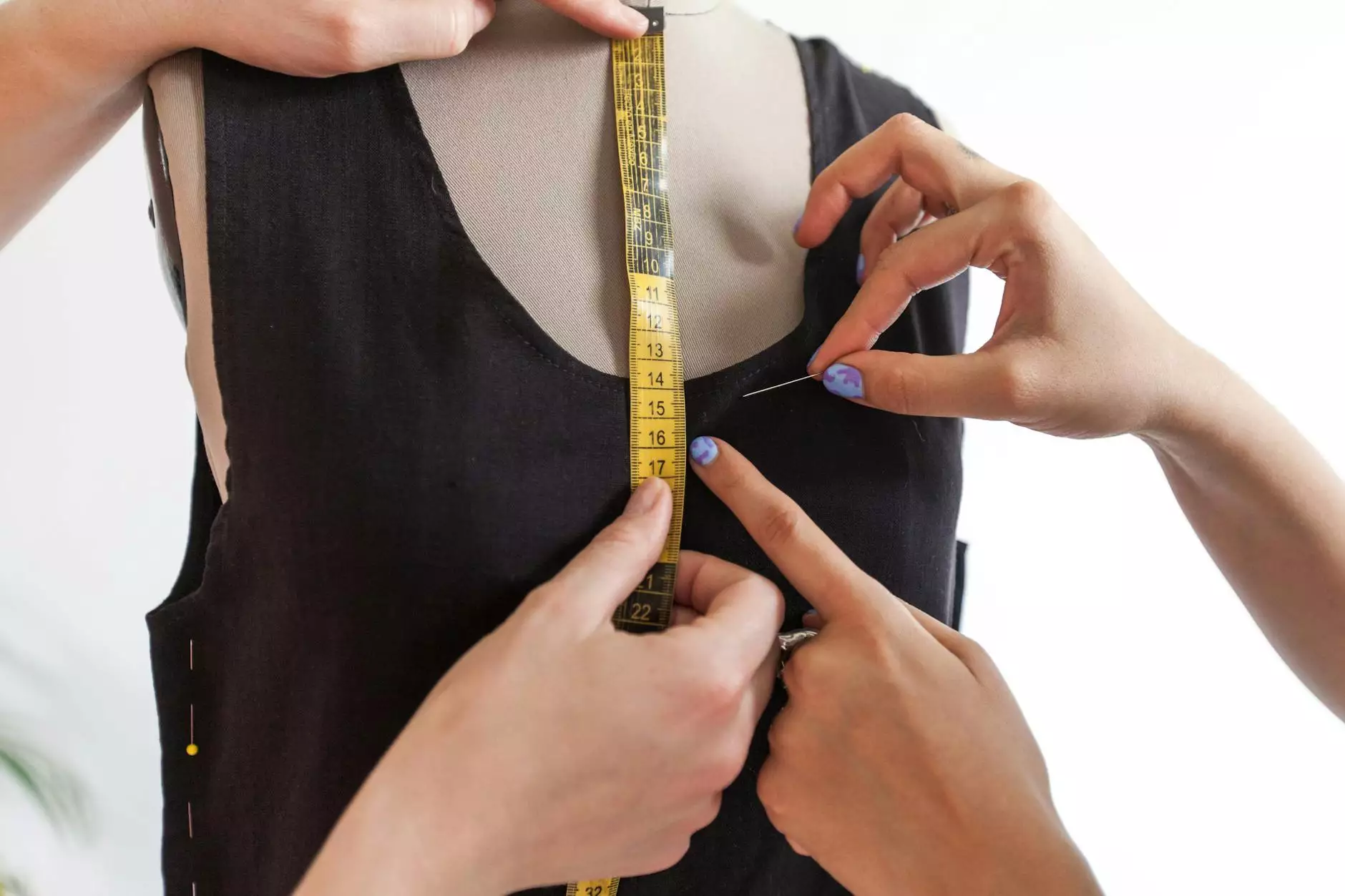The Comprehensive Guide to External Rotation of Shoulder

The external rotation of the shoulder is a vital motion that significantly contributes to shoulder mechanics, overall upper body mobility, and athletic performance. Understanding this action's intricacies can help individuals, particularly those in the fields of health and medical practices, enhance their physical therapy approaches. In this article, we will explore the anatomical, physiological, and therapeutic aspects of shoulder external rotation, providing insights that can help practitioners optimize their treatments and patients improve their recovery and performance.
Understanding Shoulder Anatomy
To appreciate the importance of the external rotation of the shoulder, it is essential to first understand the anatomical structure of the shoulder joint. The shoulder is composed of several key components:
- Humerus: The upper arm bone that articulates with the scapula.
- Scapula: Also known as the shoulder blade, it provides a stable base for the humerus.
- Clavicle: The collarbone links the arm to the body.
- Rotator Cuff: A group of muscles and tendons that stabilize the shoulder and allow for a full range of motion.
- Glenoid Cavity: A shallow socket in the scapula that houses the head of the humerus.
The Mechanics of External Rotation
The external rotation of the shoulder involves the humeral head moving away from the body in a rotational manner. This movement is crucial when performing various activities, including throwing, reaching, and lifting. The primary muscles that facilitate this movement include:
- Teres Minor: A small muscle located in the upper back that helps with shoulder rotation.
- Infraspinatus: Part of the rotator cuff, it plays a significant role in stabilizing the shoulder.
- Posterior Deltoid: The rear portion of the deltoid muscle responsible for shoulder extension and rotation.
The Role of External Rotation in Various Activities
Proper external rotation is vital for numerous daily and athletic activities. Here, we explore its significance in different contexts:
Sports Performance
In sports such as baseball, tennis, and swimming, effective external rotation of the shoulder enhances throwing mechanics, serving techniques, and strokes. Improved external rotation allows athletes to:
- Increase power and speed during overhand motions.
- Enhance control over the movement, ensuring accuracy.
- Prevent injuries by promoting proper biomechanics.
Rehabilitation
For individuals recovering from shoulder injuries, focusing on external rotation is crucial for rebuilding strength and restoring function. A targeted rehabilitation program can:
- Strengthen the rotator cuff muscles.
- Improve scapular stability.
- Facilitate a pain-free range of motion.
The Connection Between External Rotation and Injury Prevention
One of the most significant benefits of engaging in exercises that promote external rotation of the shoulder is injury prevention. Many shoulder-related injuries, such as rotator cuff tears, impingement syndrome, and shoulder dislocations, often occur due to compromised external rotation.
By maintaining healthy external rotation mechanics, individuals can:
- Reduce muscle imbalances that lead to injury.
- Enhance the shoulder's resilience against stress.
- Minimize the risk of chronic pain and dysfunction.
Exercises to Improve External Rotation of Shoulder
Regularly incorporating specific exercises can significantly enhance the external rotation of the shoulder. Here are some effective exercises recommended by physical therapists:
1. External Rotation with Resistance Bands
This exercise focuses on strengthening the rotator cuff. To perform:
- Anchor a resistance band to a stable object at elbow height.
- Stand with your side to the anchor, holding the band in your outer hand, elbow bent at 90 degrees.
- Keeping your elbow close to your body, rotate your arm outward against the resistance.
- Return to the starting position and repeat for 10-15 repetitions.
2. Shoulder Abduction with External Rotation
This exercise promotes both abduction and external rotation.
- Stand with a light dumbbell in one hand, arm at your side.
- Raise your arm out to the side while rotating your shoulder externally.
- Lower your arm back to the starting position.
- Repeat for 10-12 repetitions.
3. Wall Angels
Wall angels are excellent for improving shoulder mobility and stability.
- Stand with your back against a wall, feet slightly away.
- Press your lower back, upper back, head, and arms against the wall.
- Slide your arms upward while keeping your elbows and shoulders against the wall.
- Return to the starting position and repeat for 10-15 repetitions.
Conclusion: Embrace the Power of External Rotation
The external rotation of the shoulder is more than just an anatomical motion; it is a crucial component of functional movement and athletic performance. Knowledge of its mechanics and the integration of targeted exercises can significantly influence rehabilitation outcomes, enhance athletic capability, and prevent injuries. Whether you are a health professional, an athlete, or someone aiming to improve your shoulder function, prioritizing external rotation in your physical regimen can yield significant benefits.
Embrace the concepts outlined in this article, and take action to integrate effective external rotation strategies into your health and wellness pursuits. Working with physical therapy specialists, like those at IAOM-US.com, can provide additional insights and personalized programs tailored to your specific needs and health goals.
Additional Resources
For those interested in deepening their understanding of shoulder mechanics and enhancing treatment protocols, consider exploring:
- IAOM-US: International Academy of Orthopedic Medicine
- American Physical Therapy Association
- American Council on Exercise (ACE)
By continuously educating ourselves and recognizing the significance of proper external rotation of the shoulder, we can contribute to better health outcomes and improved quality of life.






